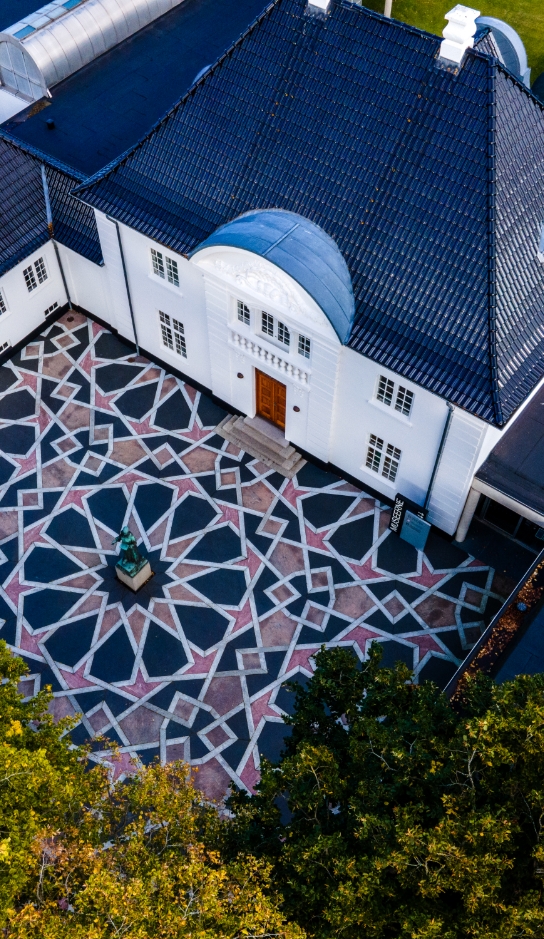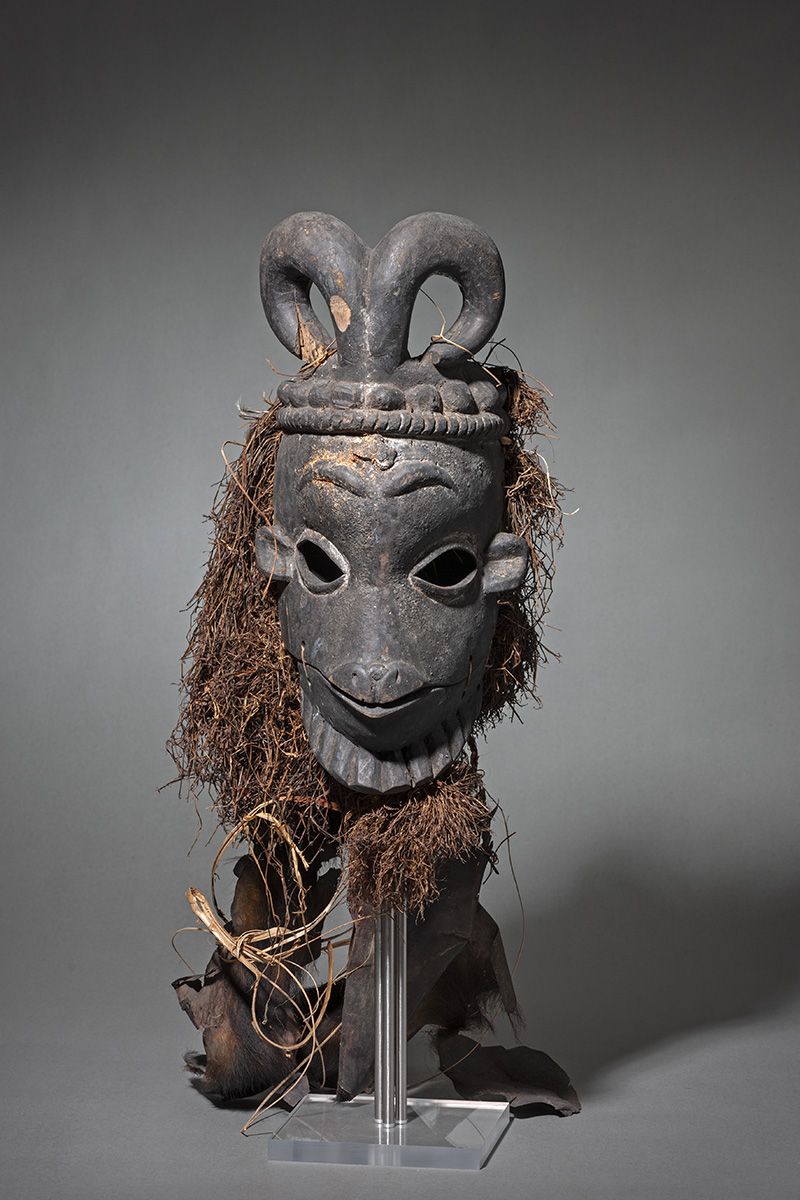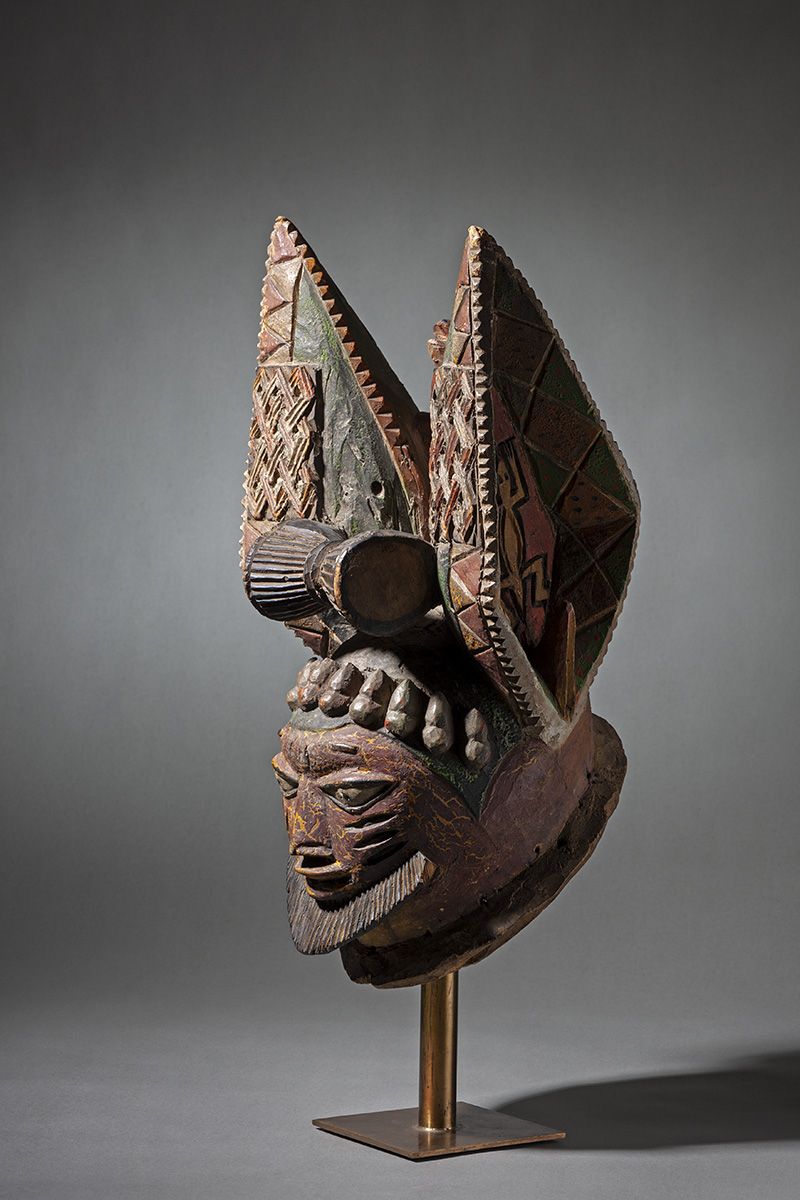African traditional art
The author and art historian Poul Vad (1927-2003) formulated the conceptual basis of Holstebro Kunstmuseum. The museum was to make art intelligible as a universal phenomenon. For this reason Danish works of art are displayed side by side with foreign works of art and art from the non-Western cultural sphere.
Holstebro Kunstmuseum is the only museum in Denmark to illuminate through its collection the links between Danish and international art, and art by non-European peoples and civilizations.
Poul Holm Olsen's collection
Since the opening of the museum in 1967 non-Western art has been represented by the sculptor Poul Holm Olsen’s collection of African traditional art. Poul Holm Olsen’s Collection – most of which the museum has received as a gift from the collector – comprises approx. 1000 objects. Most of the objects are from West Africa – an enormous area stretching from Sahara to the Congo basin.
Poul Holm Olsen's collection is displayed throughout the museum and in the presentation:
Sculptural and aesthetic qualities - a source of inspiration
Poul Holm Olsen was concerned with the sculptural and aesthetic qualities of the objects – not so much their ethnographical meaning. At the beginning of the 20th century European artists awoke to the different aesthetics of the African objects of art, and these become an essential source of inspiration of the new departure that takes place in European art around year 1900. Picasso makes use of the mask in his epoch-making painting Les Demoiselles d’Avignon (1907), and artists like Matisse and Giacometti are also influenced by African traditional art..
In the 1920s and 30s Danish artists like Sonja Ferlov Mancoba and Ejler Bille became acquainted with African tribal art through the collector Carl Kjersmeier’s large collection. Moreover, Erik Thommesen and later on the painters of the Cobra movement took inspiration from African traditional art..
The masks were not created as an aesthetic object in a Western sense. What mattered was that which the objects represented. The appearance of the African traditional art works were determined by their function, and how they formed part of religious and social rites. They held magic powers, which were inseparably bound up with the sustenance of life.
Principle lines in the collection
The collection contains several main groups. Fetishes protected the owner against illness and often hold a small chamber hiding a nail or some hair of the person. The ancestor figures represented the ancestors, who were present in reality through the figures. The masks – which were parts of a complete costume (that is rarely preserved) – was used, among others, in the rites of passage of young people to adult life, in fertility rites and by the secret societies. The chairs expressed status and also formed part of rites. The exhibition case with the weights of the Asante Empire in Ghana and the exhibition case with the twin figures from the Yoruba tribe in Nigeria occupy a special position in the collection.
At the beginning of the 20th century European artists awoke to the different aesthetics of the African objects of art, and these become an essential source of inspiration of the new departure that takes place in European art around year 1900.



